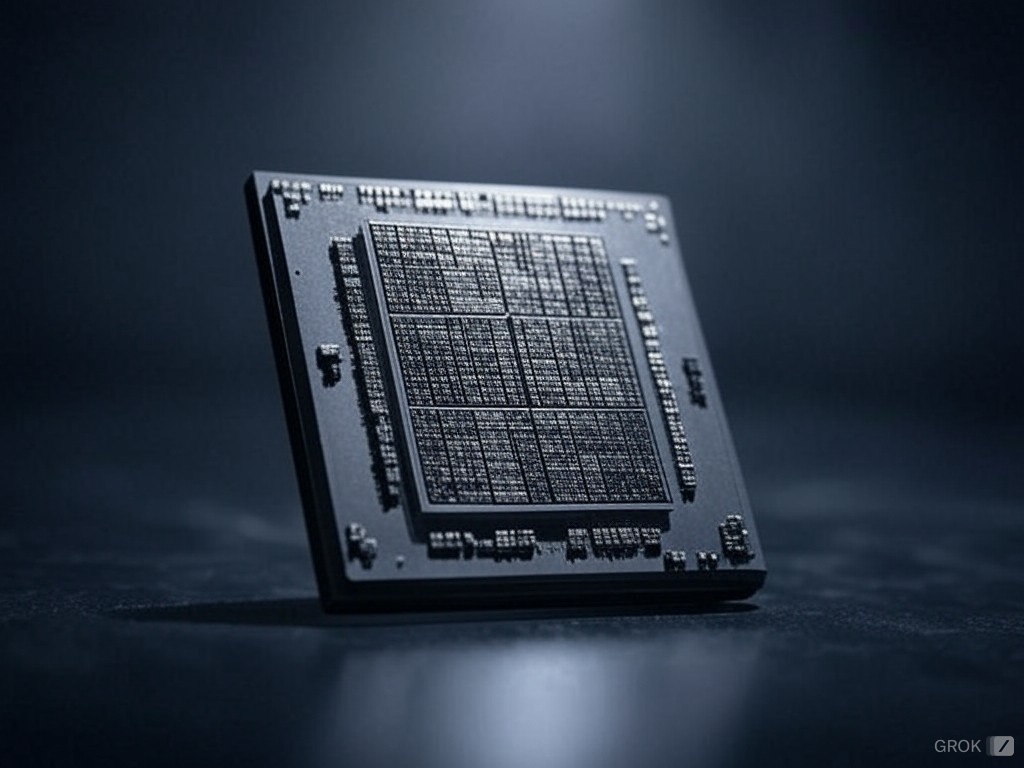The Super Integrated Circuit Chip: Revolutionizing the Future of Electronics

Strong8k brings an ultra-HD IPTV experience to your living room and your pocket.
The relentless pursuit of smaller, faster, and more efficient electronics has driven the semiconductor industry to extraordinary heights. At the heart of this revolution lies the integrated circuit chip, and today, we stand at the cusp of a new era, one defined by the super integrated circuit chip semiconductor device. This advanced semiconductor device is poised to transform virtually every aspect of our technologically driven world, from the devices we use daily to the complex systems that power industries.
Traditional integrated circuits, while incredibly powerful, are reaching their physical limitations. As feature sizes shrink, the challenges of heat dissipation, quantum tunneling, and manufacturing complexity become increasingly significant. This is where the super integrated circuit chip enters the stage, offering a tantalizing solution through innovative architectures, novel materials, and advanced manufacturing techniques.
The core characteristic differentiating a super integrated circuit from its predecessors is its unparalleled integration capability. Imagine a single chip encompassing not just processing power, memory, and graphics capabilities, but also sensors, communication modules, even power management units – all seamlessly woven together into a tightly integrated system. This level of integration reduces the number of separate components required in electronic devices, leading to smaller, lighter, and more power-efficient designs. Think of smartphones that are dramatically thinner, wearables with extended battery life, and implanted medical devices that are incredibly unobtrusive.
One of the key technologies powering the super chip is the use of novel materials such as graphene, carbon nanotubes, and two-dimensional transition metal dichalcogenides. These materials offer superior electrical conductivity, higher electron mobility, and unique quantum mechanical properties that are not found in traditional silicon. These properties allow for faster operation, lower power consumption, and increased device density, paving the way for more complex and capable chips.
Furthermore, innovative manufacturing techniques are enabling these advancements. We see the rise of three-dimensional chip stacking where layers of circuitry are built vertically, creating dense and efficient integration. These advancements are coupled with extremely precise lithography at the nanometer level, making it possible to fabricate circuits with unprecedented precision and density. New techniques like atomic layer deposition enable the creation of ultrathin material layers, optimizing device performance.
The implications of the super integrated circuit chip are far-reaching. In the realm of artificial intelligence (AI), these chips are enabling the development of more powerful and energy-efficient AI accelerators. These accelerators, embedded in everything from autonomous vehicles to cloud data centers, enable faster and more accurate machine learning and deep learning algorithms. This leap in computing power will unlock new possibilities in various fields, from scientific research to personalized medicine.
In telecommunications, super chips are driving the development of more efficient and faster wireless networks. Their advanced power management capabilities are essential for 5G and beyond, enabling high data rates and low latency necessary for the next generation of connected devices. This enhanced connectivity will serve as the foundation for the Internet of Things (IoT), powering smart cities, smart homes, and intelligent industrial systems.
Furthermore, the medical field is set to witness transformative changes with super integrated circuits. From miniature implantable devices that continuously monitor health metrics to advanced diagnostic equipment with enhanced imaging capabilities, the impact on healthcare will be profound. These devices could revolutionize patient care by providing real-time information and enabling personalized treatment plans.
The arrival of the super integrated circuit chip also poses challenges, however. Developing these complex devices requires significant investment in research and development. Also, concerns like maintaining supply chain security, ensuring environmental sustainability, and managing the ethical considerations of highly powerful technology need to be addressed.
Despite these challenges, the super integrated circuit chip signifies a monumental leap in semiconductor technology. It’s not just an incremental improvement, but a paradigm shift that promises to reshape the world as we know it. By overcoming the limitations of traditional chips, super integrated circuits are ushering in an era of advanced electronics that are smaller, faster, smarter, and more efficient, fundamentally changing how we live, work, and interact with technology. The future of electronics is undoubtedly super, and the super integrated circuit chip is leading the charge.
Note: IndiBlogHub features both user-submitted and editorial content. We do not verify third-party contributions. Read our Disclaimer and Privacy Policyfor details.







